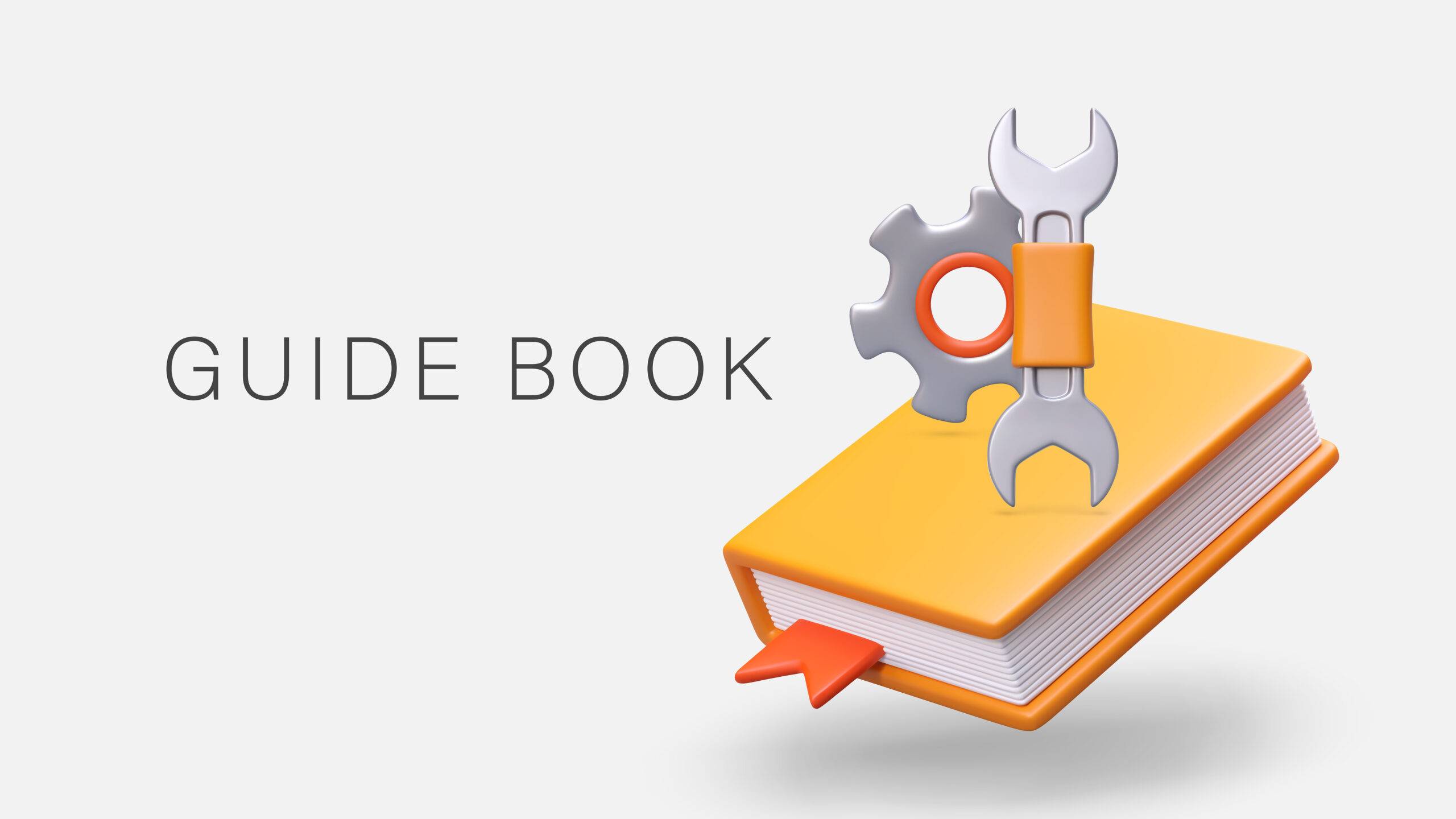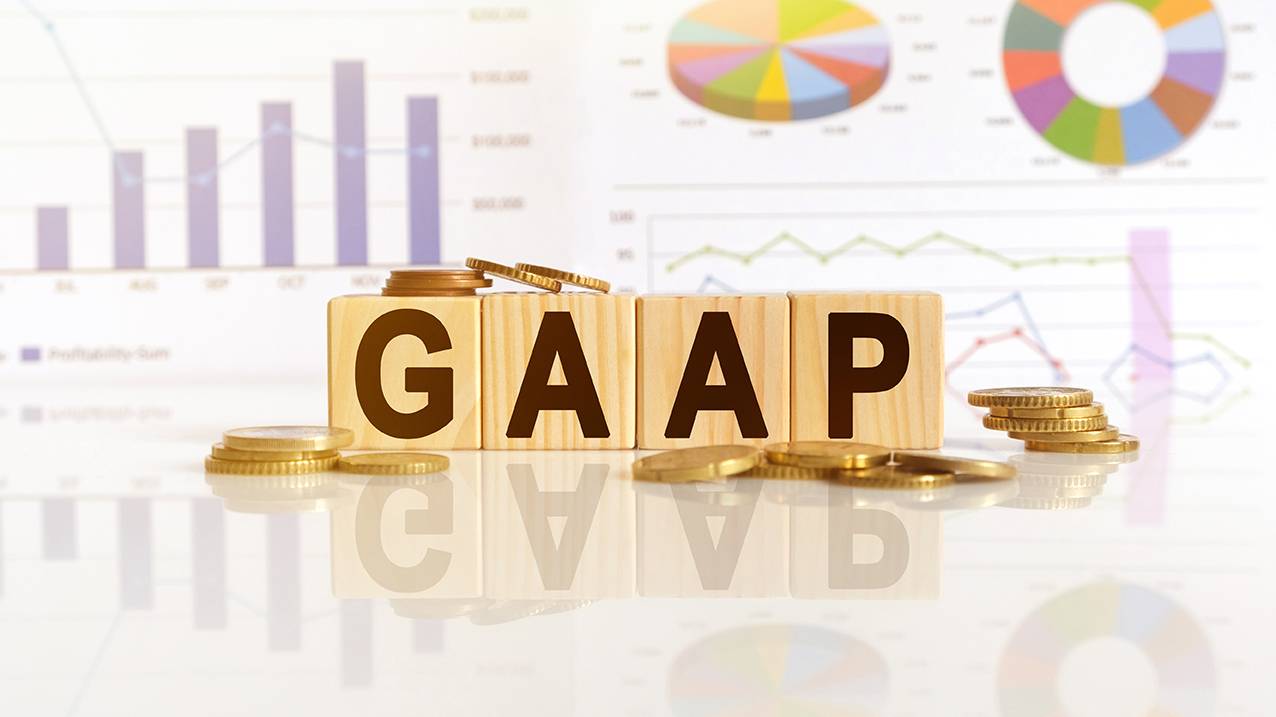Self-Study
The New Controller Guidebook
Essential guide to Modern Controller Responsibilities and Strategy. Build comprehensive expertise in financial operations, from cash management to system implementation, as you transition into this pivotal role.

$396.00 – $436.00
Webcasts are available for viewing Monday – Saturday, 8am – 8pm ET.
Without FlexCast, you must start with enough time to finish. (1 Hr/Credit)
Please fill out the form below and we will reach out as soon as possible.
CPE Credits
18 Credits: Accounting
Course Level
Overview
Format
Self-Study
Course Description
This controller CPE self study course is a vital tool for anyone transitioning into the controller role, offering a detailed overview of the responsibilities and strategies necessary for success. Steven Bragg, an experienced instructor, guides participants through key areas such as managing cash, billings, collections, inventory, fixed assets, accounts payable, payroll, and overall accounting department management. The online controller CPE course also provides in-depth coverage of financial reporting, including the specific requirements for publicly-held companies, and a variety of management reports. In addition, participants will learn about the entire system of budgets, capital budgeting, and the critical steps for selecting and installing an accounting computer system. This accounting CPE course not only imparts essential knowledge but also equips participants with the practical skills needed to effectively manage the diverse and complex responsibilities of a controller.
Learning Objectives
Upon successful completion of this course, participants will be able to:
Chapter 1
- Note the roles of the controller and the chief financial officer
- Identify activities to address during the controller’s first days on the job
Chapter 2
- Identify key elements involved in the accounting for cash, including how to reconcile, administer petty cash, forecast and invest, and set up a system of cash controls
Chapter 3
- Note the measurements that can be applied to the credit and collection processes
- Identify techniques and accounting used for credit and collections
Chapter 4
- Recognize the methods for creating and issuing customer invoices, as well as how to account for them
Chapter 5
- Identify the types of inventory tracking and costing systems available, noting their characteristics and use as well as how to manage the systems
Chapter 6
- Identify ways to track fixed assets, noting the characteristics and usage of each method
- Recognize the accounting for fixed assets, noting fixed assets controls, record keeping, and audit requirements
Chapter 7
- Identify major accounts payable processes, noting how to manage the accounts payable function and set up a proper system of controls for it
Chapter 8
- Recognize the key elements in accounting for equity, noting terminology and how to account for basic equity-related transactions such as stock and dividends
Chapter 9
- Identify techniques used in the processing of payroll, noting key characteristics for payroll cycle durations and timekeeping
- Specify ways to improve the processing of payroll, including the key characteristics and usage for each method
- Note the proper way to account for common payroll transactions
- Identify various payroll controls, noting the characteristics of each type of control
Chapter 10
- Identify the methods and techniques available for establishing a system of management over the accounting department, noting benefits and drawbacks associated with each
Chapter 11
- Identify the various steps needed to close the books and issue financial statements, noting key characteristics of each step as well as important issues to consider
Chapter 12
- Identify the different types of available financial reporting formats, noting key characteristics and usage, account classifications, and preparation requirements for each
Chapter 13
- Recognize the additional financial reporting requirements and subsequent tests for publicly-held companies related to interim reporting, segment reporting, and earnings per share
- Identify the role and responsibilities of the controller and chief operating decision makers
- Note the key elements in the public company closing process, including the additional steps needed to close the books, required forms, and disclosures for non-GAAP information
Chapter 14
- Identify the types of management reports to issue, noting common line items and reporting concerns
- Calculate the selling price variance given a set of circumstances
Chapter 15
- Identify the ratios that can be used by the controller, noting the characteristics of each type of ratio as well as applicable differences
Chapter 16
- Recognize the components that comprise a company’s budget, noting how the various components are assembled to create a complete budget package
Chapter 17
- Identify the main methods used to investigate requests for capital spending, noting the characteristics, focus, and usage of each
- Note the intent and usage of a post installation review
Chapter 18
- Recognize the steps required to select and install an accounting computer system, noting important topics to consider
- Note the nature of a bidders conference
Course Specifics
1143289
July 5, 2023
There are no prerequisites.
None
361
Compliance Information
CMA Notice: Western CPE makes every attempt to maintain our CMA CPE library, to ensure a course meets your continuing education requirements please visit Insitute of Management Accountants (IMA)
CFP Notice: Not all courses that qualify for CFP® credit are registered by Western CPE. If a course does not have a CFP registration number in the compliance section, the continuing education will need to be individually reported with the CFP Board. For more information on the reporting process, required documentation, processing fee, etc., contact the CFP Board. CFP Professionals must take each course in it’s entirety, the CFP Board DOES NOT accept partial credits for courses.
Meet The Experts

Steven M. Bragg, CPA, is a full-time book and course author who has written more than 300 business books and courses. He provides Western CPE with self-study courses in the areas of accounting and finance, with an emphasis on the practical application of accounting standards and management techniques. A sampling of his courses include the The New Controller Guidebook, The GAAP Guidebook, Accountants’ Guidebook, and Closing the Books: An Accountant’s Guide. He also manages the Accounting Best Practices podcast. Steven has been the CFO or controller of both public and private companies and has been a consulting manager with Ernst & Young and …
Related Courses
-
 Accounting
Accounting
Accountants’ Guidebook
Steven M. Bragg, CPA QAS Self-Study
Credits: 30 $600.00
QAS Self-Study
Credits: 30 $600.00$600.00 – $640.00
-
 Accounting
Accounting
Accounting Fraud: Recent Cases
Joseph Helstrom, CPA QAS Self-Study
Credits: 1 $29.00
QAS Self-Study
Credits: 1 $29.00$29.00 – $49.00
-
 Accounting
Accounting
GAAP Guidebook
Steven M. Bragg, CPA QAS Self-Study
Credits: 29 $580.00
QAS Self-Study
Credits: 29 $580.00$580.00 – $620.00
